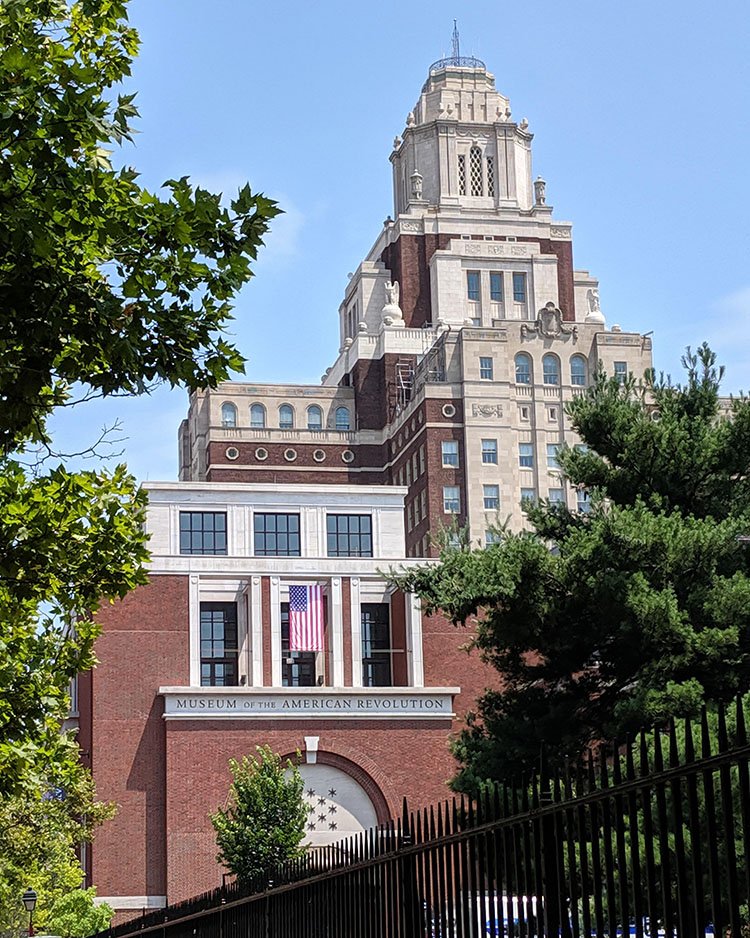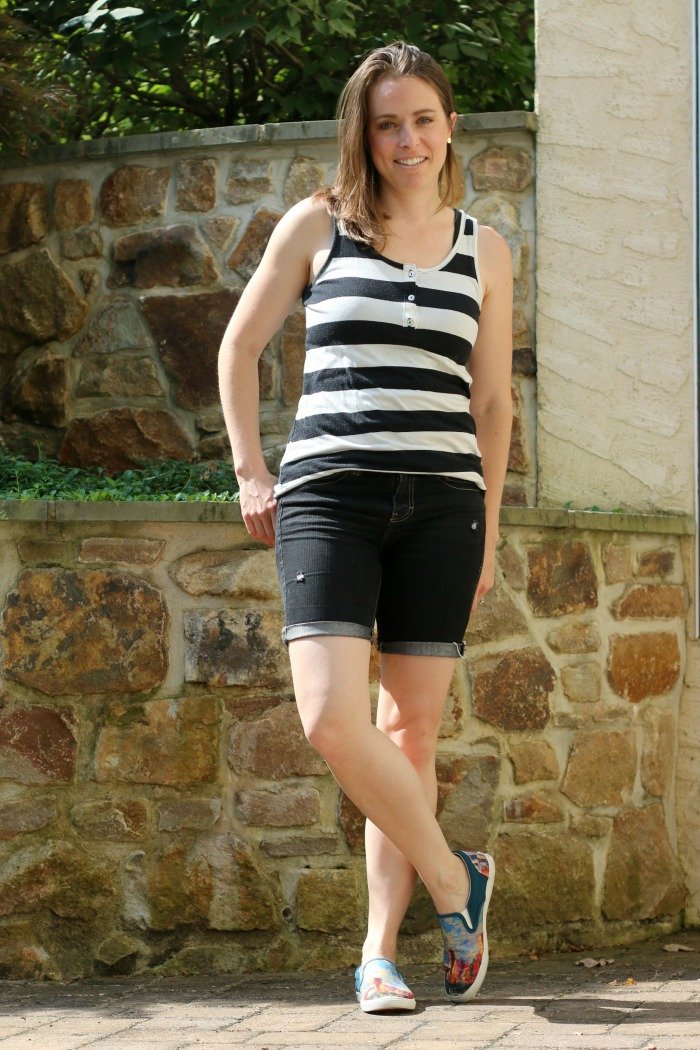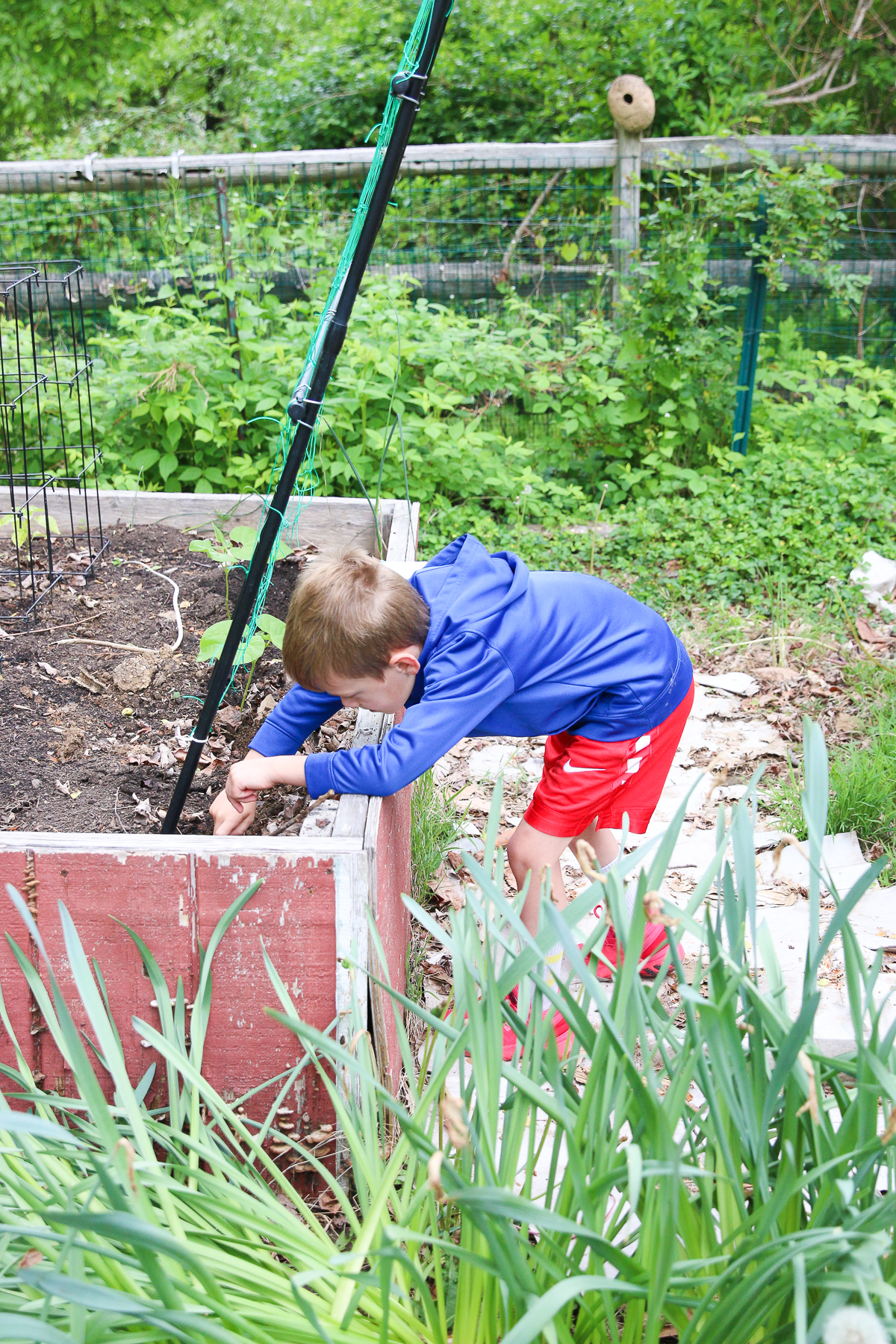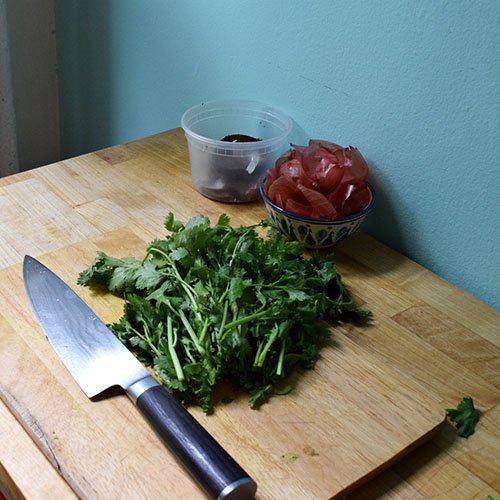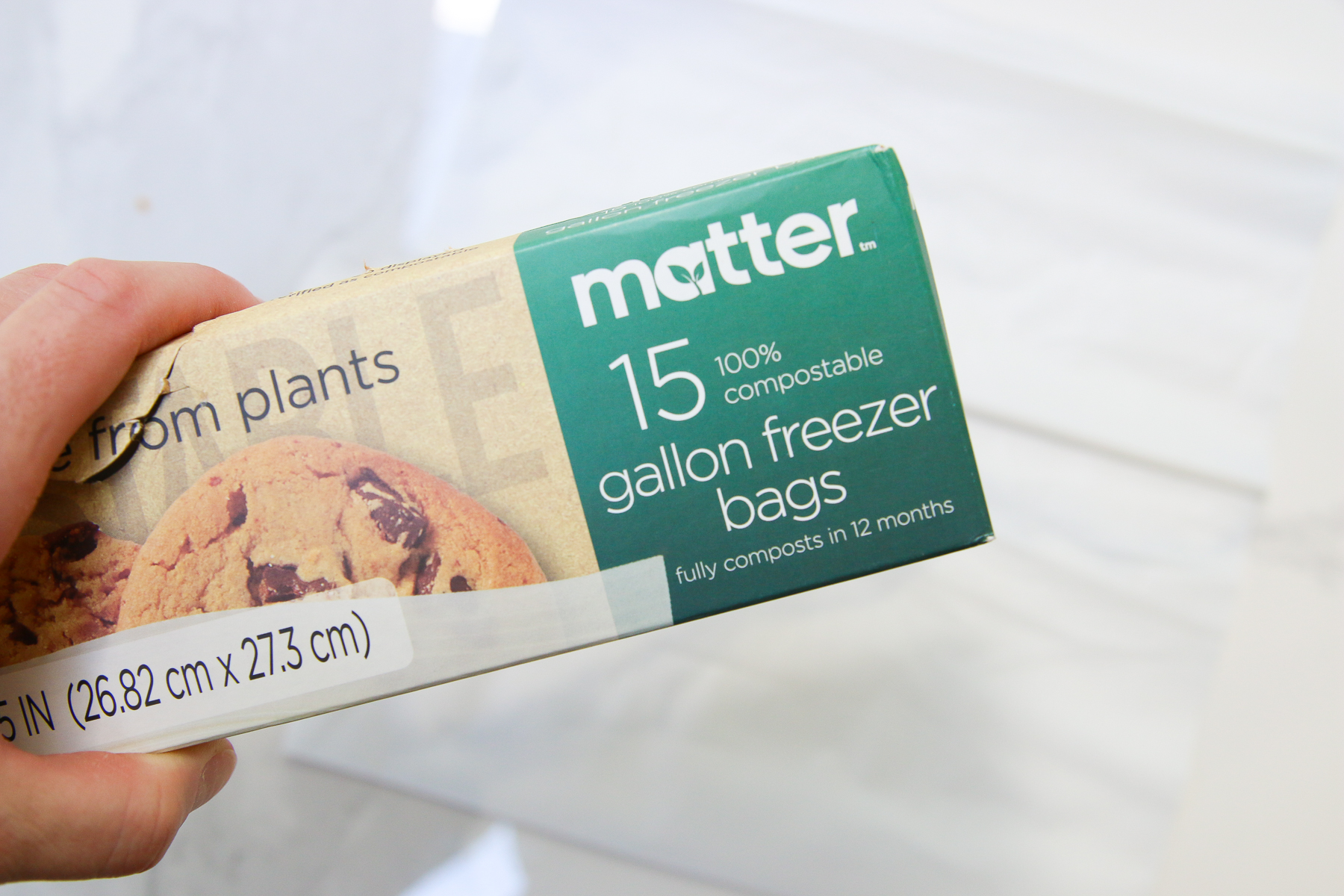An Introduction to Climate Justice Education
Welcome to our Climate Justice Series with Brittany Jefferson, a teacher and climate justice advocate who regularly brings climate justice education into her classroom. In this series, Brittany provides an introduction to climate justice and shares with us ways to incorporate topics of climate justice education at home and in the classroom through simple and approachable activities and conversations.
This is the first edition of our Climate Justice Education Series.
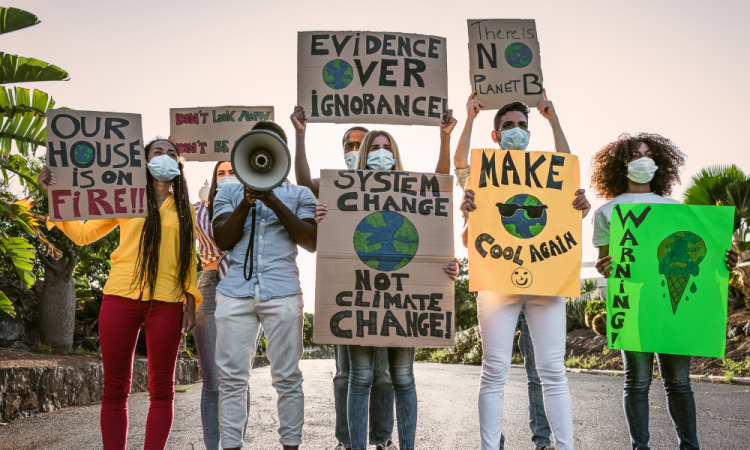
My Road to Understanding and Advocating for Climate Justice
How my climate work began
I first learned about the climate emergency while watching An Inconvenient Truth. I was 18 years old and a freshman in college. This documentary placed the Industrial Revolution and humans’ dependency on fossil fuels as the primary culprits for our current climate predicament.
When discussing the impacts of climate change, it framed the first and worst victims as wildlife and ecosystems and foretold the impacts on humans as a future crisis. The climate disaster as it impacted humans was one we should work to prevent but not yet on our doorstep. The documentary also mapped out climate change solutions that focused on individual actions in our households as the key to how we could each be a part of the solution.
This message of An Inconvenient Truth shaped my approach to climate work for many years. Mainstream environmentalism replicated this specific message many times over. Sustainable lifestyles, conservation non-profits, net zero carbon emissions, and empty climate pledges dominated the narrative.
I recycled, gave up meat and dairy for extended periods of time, reused plastic bags, and found more eco-friendly brands from which to purchase goods. I put a ton of energy into building a sustainable household and lifestyle. I hoped to sustainably live our way out of catastrophic climate change.
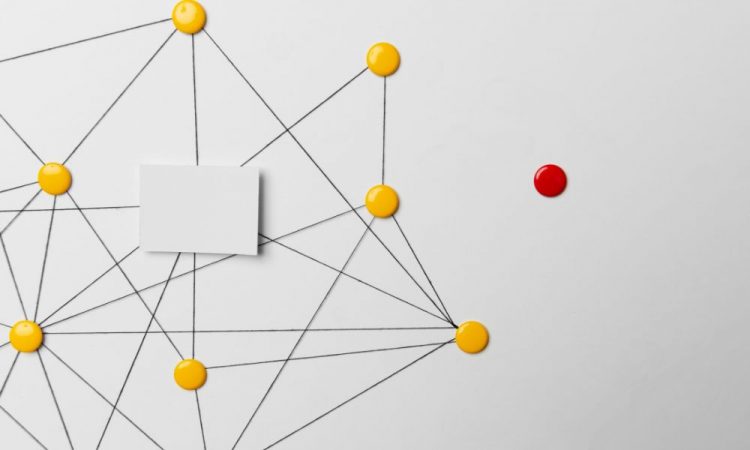
The Mainstream Climate Narrative Protects Those with Privilege and Power
Unfortunately, individual lifestyle choices only represent one aspect of a circumstance as vast as climate change. And simple lifestyle swaps as a solution reflect just one worldview in a complicated human story.
We live in a complex global society and not everyone’s circumstances are the same nor will everyone be impacted by climate change in the same ways and to the same degree. But this understanding came to mainstream dialogue long after An Inconvenient Truth laid the groundwork for my first journey into climate action.
Among environmental advocates, the climate narrative follows a cycle that tends to repeat as follows:
- News of a climate-related disaster somewhere on the planet
- Release of scientific reports that describe the changes that global society needs to make to avert the “catastrophic” effects of the climate crisis.
- International Government groups meet and make vague pledges around emissions reductions and other climate solutions.
- We applaud them for progress and also debate whether the proposals are enough while the largest polluters continue business as usual.
In the mainstream media and pop culture, these events and reports are ignored, sanitized, watered down, and oftentimes contorted when delivered to everyday citizens. These outlets put climate denial and climate action delay tactics, individual carbon footprints, and simple tips and tricks to “do your part” for the planet at the forefront of climate action.
They ignore the systematic failures that perpetuate most of the climate disaster and over which communities have little individual control. Solely relying on our individual actions prevents us from challenging the systems that have truly gotten us to such a dire climate crisis.
Furthermore, we often think about humans, as a whole, as the problem. The mainstream discourse purports that we all share responsibility for creating this crisis and that, eventually, we will all be impacted in one way or another. But this is neither an accurate nor productive way of addressing the problem.
There are deep imbalances, both in human responsibility and the ways humans are impacted by the climate crisis. Quite frankly, this is by design. Institutions fraught with legacies of exploitation and degradation continue to hold power over colonized nations and people today. The communities hardest hit by our shifting climate are the same people who have been exploited by colonialism and imperialism.
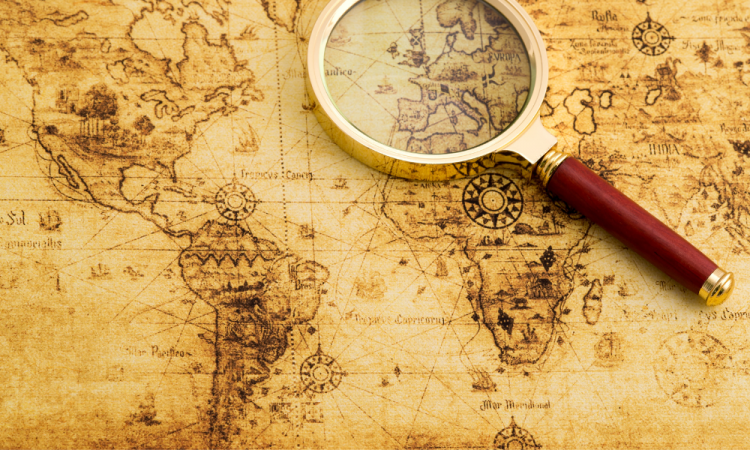
Furthermore, this is precisely because colonizing institutions have intentionally and systematically burdened marginalized communities with the environmentally-harmful externalities of our industrialized and consumer-driven culture. The world’s largest, most powerful nations, corporations, and institutions profit from environmental exploitation while funding climate denial and misinformation to deflect and evade responsibility.
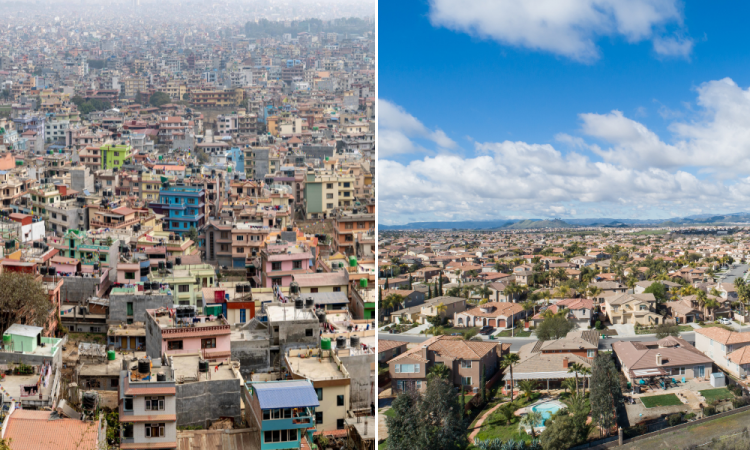
How my view of climate change and climate action expanded
In the years that followed watching that documentary, I continued to be “passionate about climate change.” I regularly brought it up in conversations. I began reading articles and books with climate-related themes to my students.
I even started a blog, Teacher Mom Chronicles, where I wrote about some of my personal sustainable living experiences while also helping caregivers live life more sustainably. I met some great people in the sustainable living internet universe. Soon, however, I noticed I wasn’t bringing anything new to the conversation.
Sustainable living became a buzzword as some middle-class people began to reject America’s culture of consumerism. I noticed that the sustainable living movement online was predominantly white and middle-class Americans, Canadians, and Europeans. Many voices, perspectives, and world views were missing from both the movement overall as well as my understanding of climate change and my role in addressing the crisis.
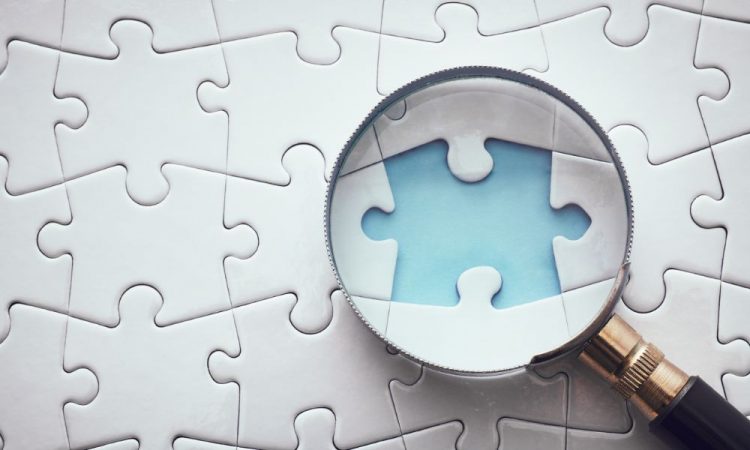
With nearly 340 million people in the United States, getting everyone to change their behavior through individualistic messaging was not going to be enough. Furthermore, promoting the perspectives of one homogenous group of people as the best solution to climate change would not be amenable or accessible for the diverse population of the United States, let alone billions of people around the world. I knew there had to be more, but I had no clue where to look or how to start to expand my scope.
Then, George Floyd was murdered while we were on pandemic lockdown. I had a lot of time to reflect on my own life experiences. The information I acquired during the racial “awakening” in the United States gave me language for interactions I’d had and emotions I’d experienced throughout my life.
Additionally, many media outlets amplified the voices of BIPOC (Black Indigenous, and People of Color) justice advocates during this period. This included voices of BIPOC environmentalists who had long been doing the work but were finally gaining more recognition and attention for it. Amplification of their voices online and by larger media platforms brought them into my sphere of media consumption.
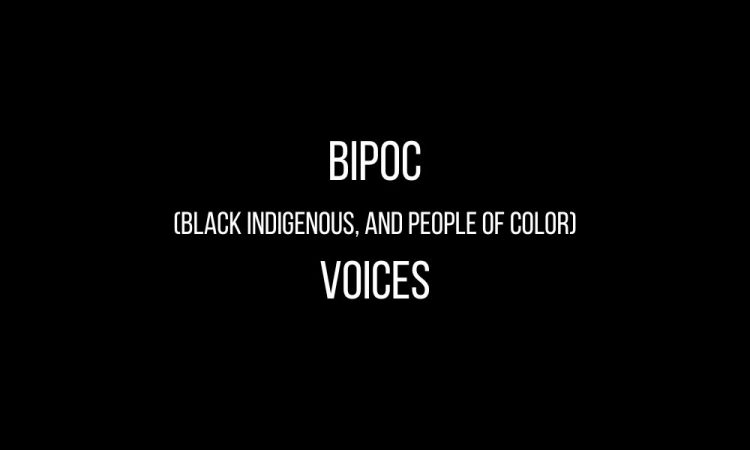
As a Black Indigenous woman born in the United States, I began to examine my own positionality. My family and ancestors suffered under oppressive systems and racism to various degrees. Those impacts trickled down through generations, putting me and my family at a disadvantage.
Simultaneously, I also examined my own privilege. One side of my family held generational wealth. I was educated and had access to healthcare. My family had enough money to access everything we ever needed and then some.
Diving deeper into the work of BIPOC environmentalists while also examining my own privilege and oppression led me to draw the conclusion that the world’s crises are all interconnected. I was treating climate change as its own separate issue, something we could address while still keeping our lives mostly the same. The impacts of and solutions to climate matters, however, are intimately interwoven with matters of race, social class, gender, and other factors.
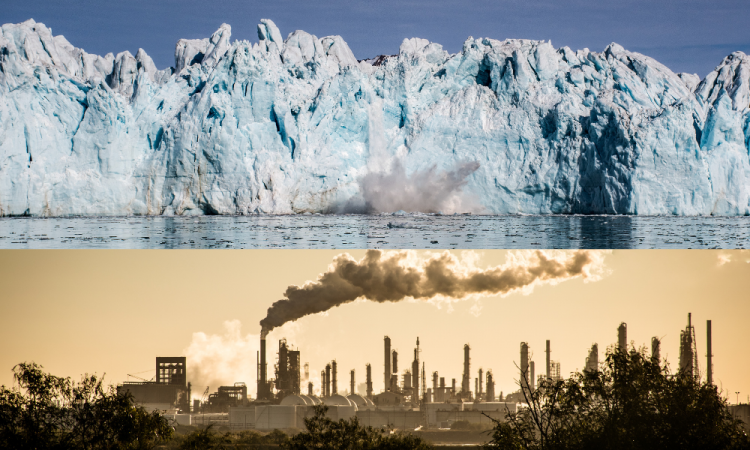
Effective and just climate action goes beyond simple swaps and conservation. It must include intersectional consideration of how climate matters disproportionately impact people also burdened by other social injustices like poverty, racism, and gender discrimination.
I came to understand that I needed to pursue and advocate for climate justice. BIPOC environmentalists gave me the language of climate justice and began to expand my worldview. My climate work became my climate justice work, and it has shaped everything I have done since then.
My parallel work in anti-racism and learning about the climate emergency showed me that all humans are not equally responsible for the climate crisis. The humans and nations who are the least responsible for this spike in carbon emissions have historically borne the brunt of its effects and continue to do so.
In addition, they often lack equal access to resources to invest in mitigation efforts and sustainable infrastructure. Further frustrating their plight, these frontline communities are often left out of the world’s mainstream climate narrative, such as international climate negotiations like COP (Conference of the Parties) so they have little influence over the climate decisions being made that impact them more than most.
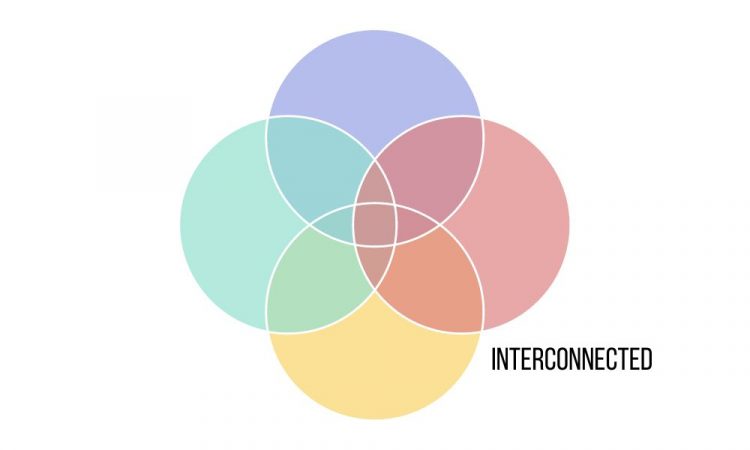
I’m not alone in expanding my knowledge of and actions around climate justice. The term climate justice is becoming more mainstream and widely used when discussing how we can address climate change. “Once in a lifetime” weather events like hurricanes, heat waves, floods, and droughts are now occurring every year, many of which harm already-marginalized communities the most.
Early environmentalism focused on nature conservation and how to protect ecosystems and wildlife from humans, but our modern understanding of climate justice and environmental justice incorporates much broader matters that prioritize the climate crisis impacts on the most marginalized communities.
Climate justice goes beyond habitat conservation, lowering emissions, scientific projections about the future, household lifestyle choices, and carbon capture technology. Those things all serve their own place in how we address the climate crisis, but they are the bare minimum.
Those solutions serve to help the most privileged, wealthiest, and quite frankly, whitest of humans to survive on this planet for a longer time. But without more complex and intersectional considerations, they leave behind billions of people around the world who will suffer from the worst of the climate crisis, caused in large part by the wealthiest people and countries around the globe. That is not justice.
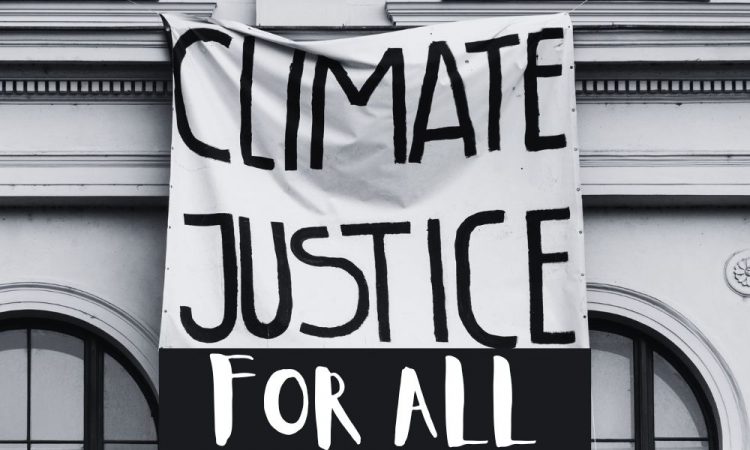
In this climate justice education series, we will dig deep into various topics related to climate justice to give you a thorough understanding of the term as well as ways you can get involved in creating a more just and sustainable Earth for us ALL.
About the Author
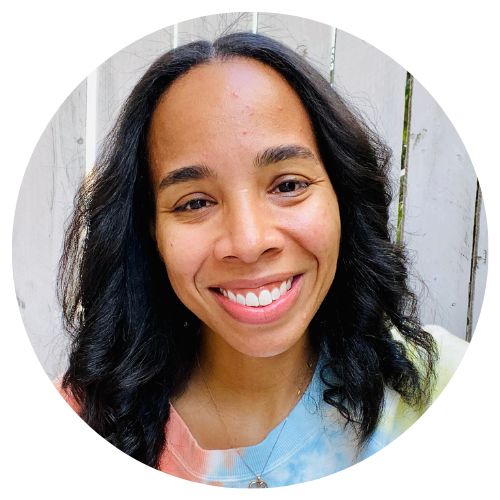
Brittany Jefferson
Brittany Jefferson is a 5th grade teacher and climate justice advocate born and raised in Los Angeles, California. She holds Multiple Subject and Special Education teaching credentials. She is passionate about educating her classes on climate change and climate justice.
Brittany teaches climate-related topics in a variety of settings like Book Clubs, Science Clubs, and by creating interdisciplinary units of study for her class. Brittany’s collaboration with her grade level team has allowed them to provide their students with a robust climate justice education while addressing topics of identity, racial injustice, colonialism, and Earth’s systems.
Visit her website with teaching resources for all caregivers and educators on Patreon, www.patreon.com/teachermomchronicles.

